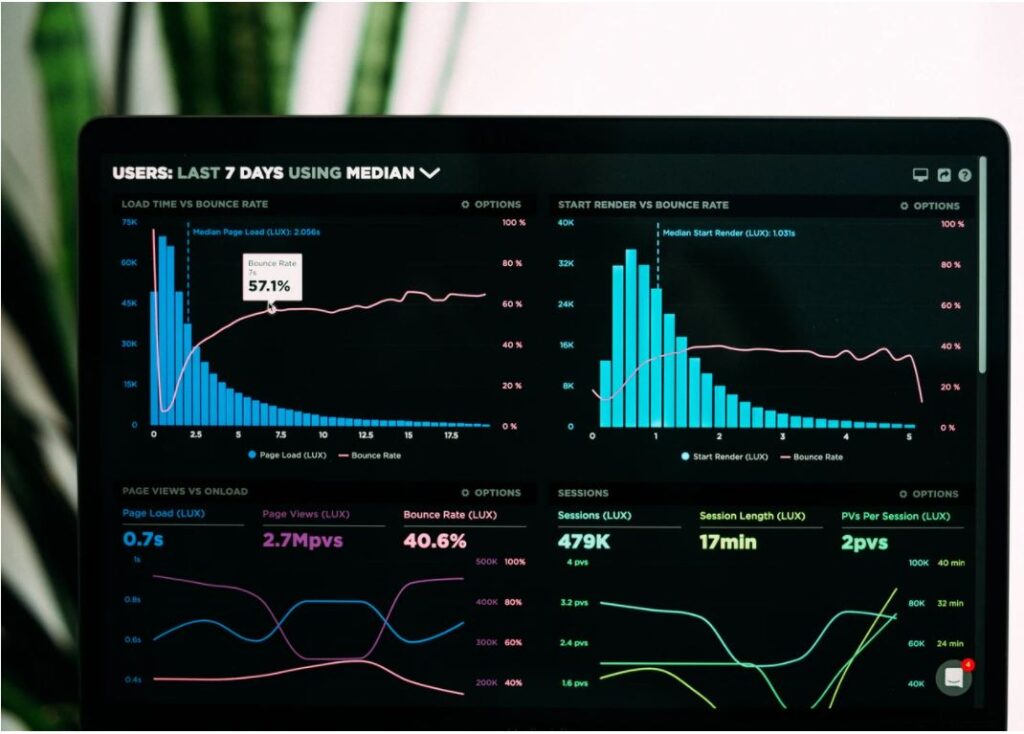Social media usage is one of the most popular online activities. In 2020, over Utilising social media best practices is vital to succeeding as a digital marketer as social media is one of the most influential and popular online activities. The pandemic drove more people to spend time online and find more ways to engage with each other. With social media constantly evolving and changing, your content and how you reach your audience has to adapt to these changes. Using social media best practices as well as strategies backed up by real data will get you the results you want.
I will be sharing some of the key best practices for social media, which you can implement into your social media strategy to improve your overall performance across channels.
1. Research your customers
Making assumptions is bad news for marketers.
Knowing your customers is one of the most important foundational steps for any marketing campaign. If you don’t know who your audience is, you can’t give them what they want.
2. Competitor analysis
Often your social media audience overlaps with that of your competitors. So it’s worth checking out what they’re doing so you can benefit from the lessons they’ve already learned. Are they reaching segments you hadn’t thought to consider?
Look into the kind of content is being published and what performs well (and doesn’t). This will give you a head start on optimising your campaigns and increase the likelihood that your brand will be successful on social media.
3. Plan – Social Media Strategy
Summarising what you want to do and achieve on social media is vital.
- Goals – Otherwise, how do you know what’s working, what’s not, and what to change as you create and share content?
Here are a few examples:
| Business Objective | Social media goal | KPI’s |
| Grow the brand | Awareness | Followers, shares |
| Customers into advocates | Engagement | Comments, clicks, mentions |
| Drives leads and sales | Conversions | Website clicks, email sign ups |
4. Choose which networks to use (and which to ignore)
Because too many marketers spread themselves too thin across too many networks. Research the demographics so you know more about your audience and who uses what social networks. It’s critical to determine which social platforms our audience prefers and tailor our content to match each platform.

5. Create a specific strategy for each social media platform
Don’t repost the same message across networks. Instead, craft a new message for every network and post. Each network is very different, so be sure to have a different strategy for each one. Various networks are each suited to different types of content and how you approach them.
- Twitter is primarily meant for sharing ideas and is the platform where brands interact the most
- Facebook is used to form an authentic relationship with their audience, it allows businesses to create and distribute quality content that’s helpful for their users
- Instagram is used for sharing photography and videos, this is where people become a part of a social media community, there is less use of text and rather focused on imagery messaging – it makes the business more personable and not just product-centric
6. Respond to customers promptly
Speed is crucial to maintaining a happy customer base. People want to be noticed and feel recognised. Wherever it’s relevant—reply to your followers. In doing so, you could be cultivating a sales lead.
7. Monitor analytics to better optimise for future campaigns
Through measurement, you can determine whether your social media initiatives have led to positive results. Furthermore, if they haven’t, then this can help understand what adjustments to your strategy may be needed. There are many analytics tools to gather metrics from online; you can also use the analytics that the platforms provide:
- Twitter has a dashboard to look at information, month-to-month. Like, top tweets, followers, and mentions. See too, engagements, impressions and promotions for your tweets for a given time period.
- Facebook also has an analytics dashboard. Use it to view likes, followers, reach and engagement for your pages and posts. Notice the changes before and after a campaign.
- Instagram offers analytics for business profiles. More than just content, gain insights about who your followers are, when they’re online, and more.
KPIs for Social
Impressions, audience growth rate, number of likes, post reach, comments, reach & engagement rate.

Conclusion
There are endless ways you can best approach social media to reach your audience. Be sure to always research current trends when planning your social media marketing strategy, it’s all about what’s relevant now. It’s important to set goals that are relevant to your business. Take time to research your audience. Establish your most important metrics and KPIs. Create engaging social content. Assess what’s working, what isn’t, and how to keep improving. If you manage to get all that right or at least some of it…then there is no doubt you will have a successful social media approach.
Find out more
If you’d like the opportunity to find out more about how to become a Level 3 Digital Marketer click here. If you require more general information check out our posts to learn more about all things digital whether you’re a learner or looking to hire digital marketers for your business or just generally interested, find out more here.
Join the apprenticeship community to stay up to date with our best practices, top tips, and latest Apprenticeship opportunities and information by following us on social media.


